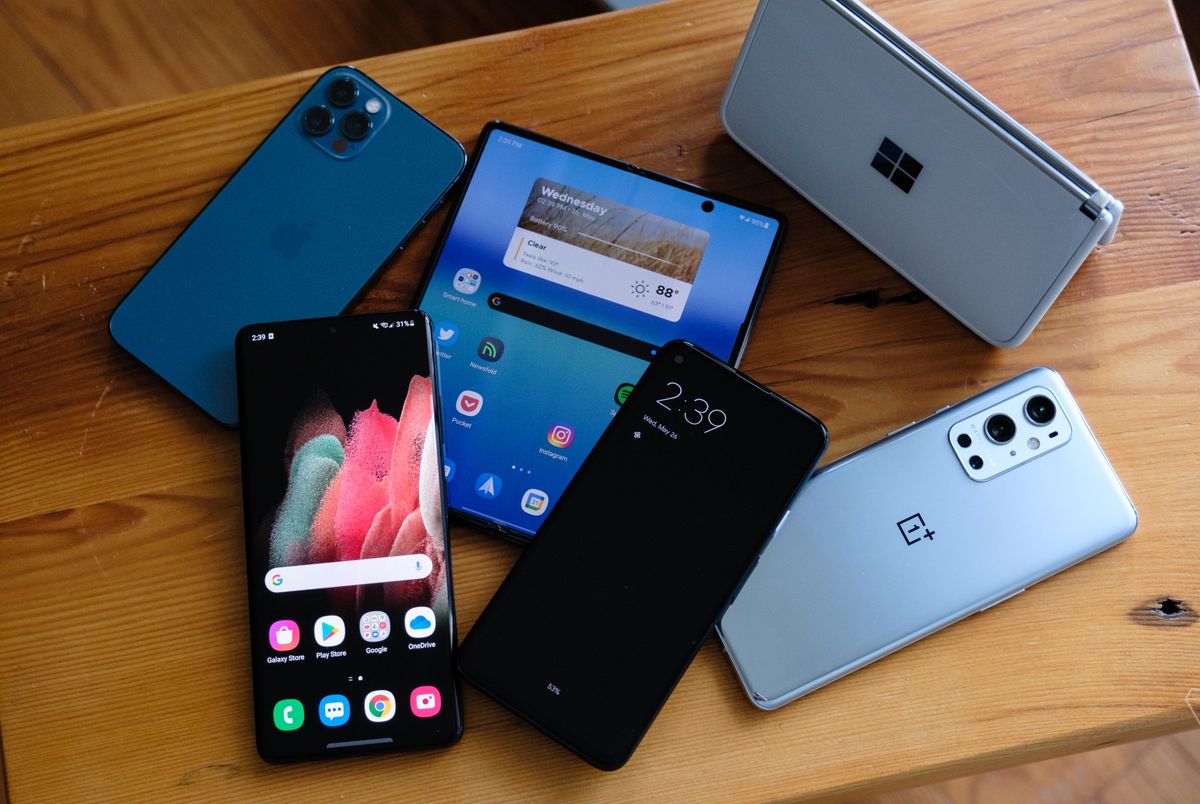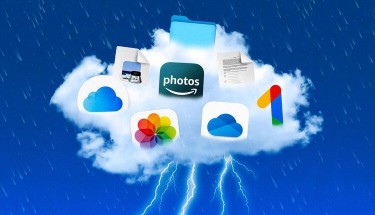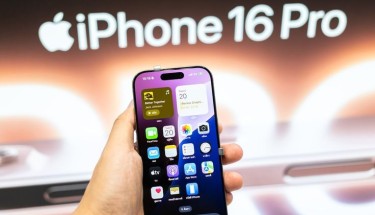Why Refurbished Mobile Phones Are the Smart Buy in 2025
In 2025, walking into an electronics store or scrolling through an online marketplace reveals a stark reality: the price of new flagship smartphones has reached unprecedented heights. In Australia, the latest iPhone models now exceed $2,000, while premium Android devices from Samsung and Google aren’t far behind. This price surge comes at a time of global economic uncertainty, with lingering inflation, rising interest rates, and squeezed household budgets forcing consumers to rethink their purchasing habits. Yet alongside this trend, another market is quietly booming: refurbished mobile phones. Once dismissed as “second-best” or unreliable, refurbished devices have evolved into a credible, even superior alternative to new phones. In 2025, choosing a refurbished mobile isn’t just a budget-conscious decision—it’s a smart choice that balances performance, sustainability, and long-term value. This shift isn’t accidental; it’s the result of maturing supply chains, stricter quality standards, growing environmental awareness, and changing consumer priorities.

The Economic Case: Affordability Without Compromise
The Price Gap That Can’t Be Ignored
The most immediate and compelling reason to choose a refurbished phone in 2025 is economics. The price disparity between new and refurbished flagship devices has widened to a point where ignoring refurbished options means overpaying significantly. A 2025 analysis of smartphone pricing shows that refurbished models from the previous 12–18 months—devices with nearly identical hardware to current flagships—cost 30–50% less than their new counterparts. For example, an iPhone 15 Pro Max, which retails for $1,799 new in the United States, is available as a certified refurbished device for $999–$1,199, depending on storage capacity. Similarly, a Samsung Galaxy S24 Ultra, priced at $1,419 new, can be purchased refurbished for $799–$949.
This price gap isn’t limited to premium brands. Mid-range devices show comparable savings: a refurbished Google Pixel 8, which launched new in 2024 for $699, is available in 2025 for $399–$449. For budget-conscious consumers, this translates to either significant cost savings or the ability to upgrade to a higher-tier device than they could afford new. A family of four looking to replace aging phones, for instance, could save over $2,000 by choosing refurbished models instead of new ones—funds that can be redirected to other essential expenses in an uncertain economy.
Navigating Inflation and Economic Uncertainty
The appeal of refurbished phones is amplified by 2025’s economic landscape. Global inflation, which began rising in 2022, has persisted in many sectors, including technology, driven by component shortages and supply chain disruptions. Meanwhile, central banks in major markets have maintained higher interest rates to combat inflation, making financing options for new electronics more expensive. In this context, the upfront cost savings of refurbished phones become even more valuable.
Counterpoint’s 2025 report highlights this trend, noting that while new smartphone sales have stagnated in mature markets, refurbished device demand remains stable—particularly in regions hit hardest by economic pressures. The United States, for example, saw new phone sales decline 4% year-over-year in the first half of 2025, but refurbished iPhone sales rose 7% in the same period. Consumers are clearly re-evaluating what “value” means, prioritizing functional, reliable devices over the “new” label.
Enterprise-Grade Value for Businesses
The economic logic of refurbished phones extends beyond individual consumers to businesses. Small and medium-sized enterprises (SMEs), in particular, are turning to refurbished devices to equip their teams without draining resources. A 2025 survey of 500 SMEs found that 42% now use refurbished smartphones for employee devices, up from 28% in 2023. These businesses report average savings of 38% on their mobile device budgets, with no compromise on productivity—since refurbished flagships like the iPhone 14 Pro or Samsung Galaxy S23 still run the latest operating systems and business applications seamlessly.
Enterprise-focused refurbished providers have responded to this demand by offering bulk purchasing options, custom device management setups, and extended warranties. For startups and growing companies, this means accessing enterprise-grade technology without the enterprise price tag—a critical advantage in competitive markets.
The Quality Revolution: Refurbished vs. New in 2025
Demystifying Refurbishment: Beyond “Used”
One of the biggest barriers to adopting refurbished phones in the past was confusion about what “refurbished” actually means. In 2025, that confusion has largely dissipated, thanks to industry standardization and transparent grading systems. Today’s refurbished phones are not simply “used” devices resold as-is; they undergo rigorous processes to restore them to near-new functionality.
The gold standard in 2025 is “verified refurbished,” a certification offered by leading platforms like Back Market. Verified refurbished phones undergo a minimum 25-point inspection by industry professionals, covering every critical component:
-
Battery health: Guaranteed to have at least 80% charge capacity, meeting manufacturer standards for daily use
-
Hardware functionality: Testing of buttons, ports, cameras, speakers, and sensors (including Touch ID and Face ID)
-
Software integrity: Factory reset with secure data scrubbing to erase all previous user information
-
Authenticity checks: Verification of IMEI numbers to ensure devices are not stolen or blacklisted
-
Cosmetic grading: Clear labeling (e.g., “Excellent,” “Good,” “Fair”) to describe external condition, from flawless screens to barely visible hairline scratches
This level of scrutiny ensures that refurbished phones perform identically to new devices for the average user. In blind tests conducted by consumer advocacy groups in 2025, 86% of participants could not distinguish between the performance of a refurbished iPhone 14 and a new one.
The Rise of Official Refurbishment Programs
Adding to consumer confidence is the expansion of official refurbishment programs from major manufacturers. Apple’s Certified Refurbished program, for example, now offers devices with new batteries, outer shells, and 12-month warranties—identical to those provided with new phones. Samsung’s Renewed program matches this standard, while Google has expanded its Pixel Refurbished lineup to include more recent models.
These official programs address the historical concern about “gray market” devices with non-original parts. In 2025, 68% of refurbished iPhone sales come through official or verified channels, up from 45% in 2022. This shift has been driven by consumer demand for transparency and reliability, forcing even third-party sellers to adopt stricter quality controls.
Refurbished vs. Used: The Critical Distinction
It’s important to clarify the difference between refurbished and used phones, as the two terms are often conflated. Used phones are typically sold directly by previous owners with no standardized testing or repairs—meaning buyers take a gamble on battery life, hidden damage, or software issues. Refurbished phones, by contrast, are professionally restored: faulty components are replaced (often with original parts), batteries are upgraded if necessary, and every function is validated.
A 2025 comparison by Consumer Reports found that refurbished phones have a 92% satisfaction rate among users, compared to 76% for used phones. The difference stems largely from quality assurance: 98% of verified refurbished phones meet or exceed performance standards in the first year of use, while 15% of used phones develop issues within six months. For consumers, this means refurbished devices offer the reliability of new phones at used-phone prices.
Sustainability: The Non-Negotiable Advantage
The Environmental Cost of New Phones
In 2025, environmental consciousness is no longer a niche concern—it’s a mainstream priority. Consumers are increasingly aware of the ecological impact of their purchases, and smartphones are a significant contributor to environmental harm. The production of a single new smartphone generates approximately 80kg of carbon dioxide emissions—equivalent to driving a car 200 miles—and consumes rare earth metals, water, and energy at every stage of manufacturing.
Worse, the average smartphone is replaced every 2.5 years, despite most devices remaining functional for 4–5 years. This “upgrade culture” has created a global electronic waste crisis: in 2024, an estimated 62 million metric tons of e-waste was generated worldwide, with only 17% properly recycled. Smartphones account for 12% of this waste, despite representing a small fraction of total electronic devices.
Extending Lifespan = Reducing Footprint
Refurbished phones directly address this crisis by extending the lifespan of existing hardware. A 2025 study by the Ellen MacArthur Foundation found that extending a smartphone’s life by just one year reduces its total carbon footprint by up to 30%. For context, if 10% of smartphone buyers chose refurbished devices in 2025, global carbon emissions would decrease by 14 million metric tons—equivalent to taking 3 million cars off the road for a year.
The environmental benefits go beyond carbon reduction. Refurbishment reduces the demand for raw materials: producing a refurbished phone uses 95% less water and 70% less energy than manufacturing a new one. This is critical given the scarcity of metals like lithium (used in batteries) and cobalt (used in semiconductors), whose extraction causes significant environmental damage and human rights concerns in mining regions.
Industry Leaders Paving the Way
Companies in the refurbished space are doubling down on sustainability in 2025. Back Market, one of the largest refurbished electronics platforms, reports that its devices generate 92% less CO2 emissions than new ones—a statistic verified by third-party environmental auditors. The company has also pledged to become carbon-neutral by 2027, investing in renewable energy for its refurbishment facilities.
Major manufacturers are joining the movement too. Apple’s 2025 Environmental Progress Report highlights its refurbished program as a key part of its goal to be carbon-neutral by 2030. The company notes that each refurbished iPhone keeps approximately 1.5kg of e-waste out of landfills. Samsung has gone further, offering trade-in credits for old devices that are then refurbished and resold, creating a circular economy for its products.
For consumers, choosing refurbished is now an accessible way to reduce their environmental impact without sacrificing quality. A 2025 survey found that 63% of refurbished phone buyers cited sustainability as a key factor in their decision—up from 41% in 2023. This shift reflects a broader cultural change: sustainability is no longer a “nice-to-have” but a “must-have” in purchasing decisions.







